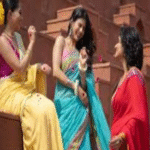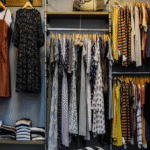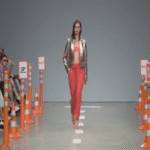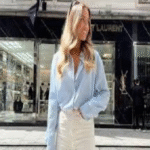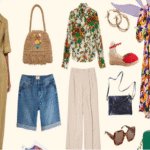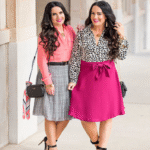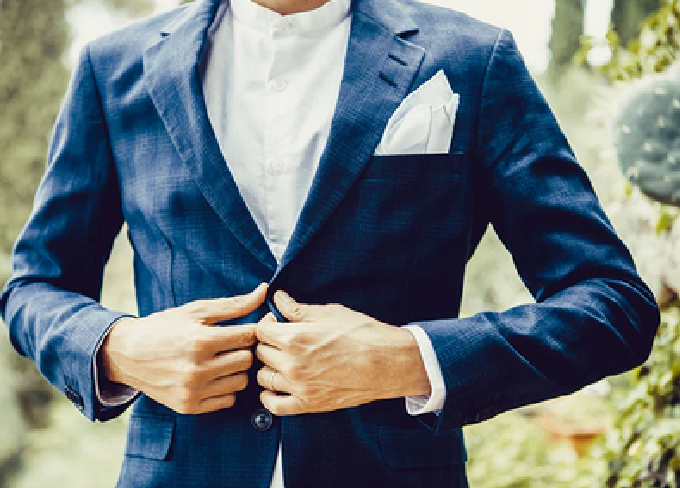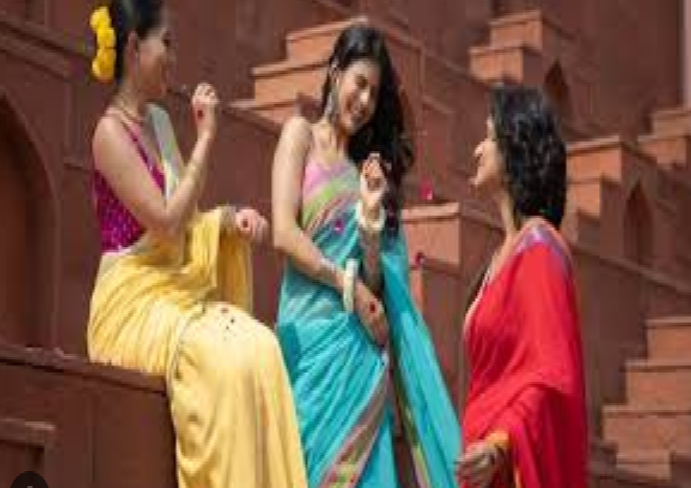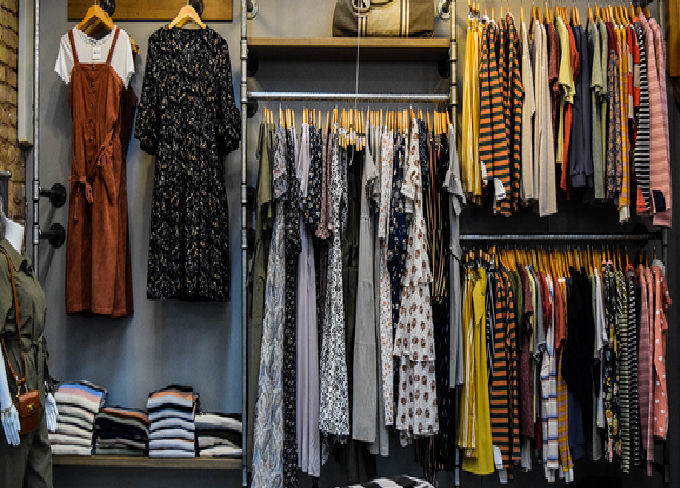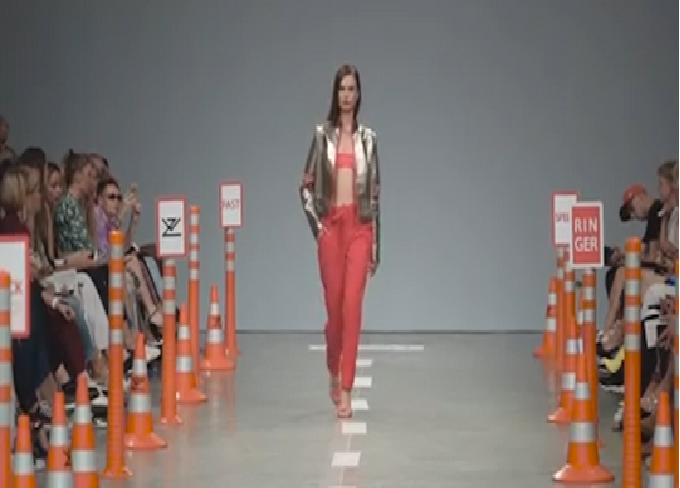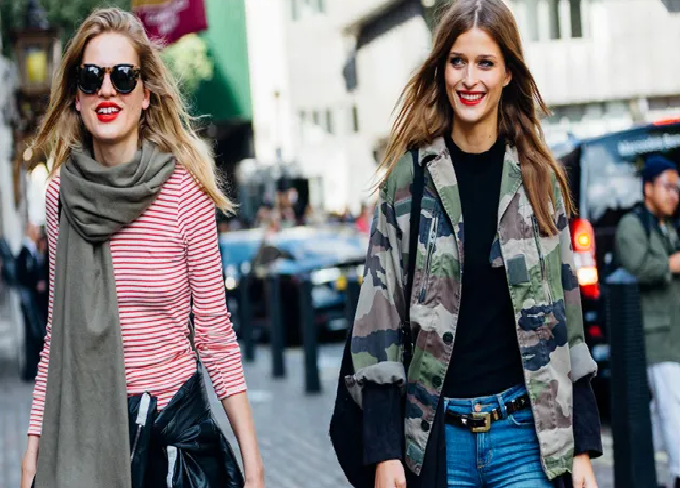Clothing is more than just fabric—it’s a language that communicates who you are before you even speak. Whether it’s a job interview, a wedding, or a casual outing, dressing smartly not only boosts your confidence but also leaves a lasting impression. In today’s fast-paced world, where first impressions matter more than ever, understanding how to dress appropriately for different occasions is a skill worth mastering.
This ultimate guide will help you decode dress codes, choose the right outfit for every event, and maintain a balance between style, comfort, and sophistication.
1. What Does It Mean to Dress Smart?
Dressing smart isn’t just about wearing expensive clothes or following the latest trends. It’s about dressing appropriately, neatly, and confidently for the setting you’re in. A smart dresser knows how to blend elegance with practicality.
Key characteristics of smart dressing include:
-
Fit: Clothes that fit your body properly always look better than oversized or undersized pieces.
-
Neatness: Wrinkle-free, clean, and well-maintained clothing shows attention to detail.
-
Occasion Appropriateness: Knowing when to wear casual vs. formal attire is crucial.
-
Confidence: The way you carry yourself can elevate even a simple outfit.
Smart dressing is about creating harmony between your outfit, personality, and the occasion.
2. Understanding Dress Codes
Before exploring specific occasions, it’s important to understand the different dress codes you may encounter.
a. Casual
Casual attire allows for comfort and self-expression. Think of jeans, T-shirts, sneakers, or simple dresses. However, “casual” doesn’t mean sloppy—your clothes should still be clean, coordinated, and well-fitted.
b. Smart Casual
This is a step up from casual, suitable for social gatherings or informal business events. For men, chinos or dark jeans with a collared shirt or polo work well. Women can opt for blouses, smart tops, or midi dresses paired with stylish shoes.
c. Business Casual
Perfect for offices that have relaxed yet professional environments. Men can wear slacks, dress shirts, and loafers. Women can go for blouses, tailored pants, or skirts. Blazers are always a great addition.
d. Semi-Formal
A notch below formal wear, semi-formal is ideal for cocktail parties or dinner events. Men should wear suits without necessarily a tie, and women can choose elegant dresses or dressy jumpsuits.
e. Formal or Black Tie
Reserved for grand occasions like galas or weddings. Men should wear tuxedos or formal suits, while women should go for long evening gowns or luxurious cocktail dresses.
Understanding these dress codes helps you adapt easily to any setting.
3. Dressing Smart for Professional Settings
a. Job Interviews
A job interview is one of the most critical moments where your outfit can speak volumes. A smart, polished appearance shows seriousness and professionalism.
-
Men: A dark suit, white or light-colored shirt, and conservative tie make the perfect choice. Ensure shoes are clean and polished.
-
Women: A tailored suit, knee-length skirt, or dress with subtle accessories creates a strong impression. Neutral colors like navy, gray, or beige work best.
b. Office Wear
Your daily office outfit should blend comfort and professionalism.
-
Men: Choose collared shirts, chinos, or dress pants. You can layer with a blazer or sweater.
-
Women: Blouses, pencil skirts, or trousers paired with flats or low heels offer a polished look.
c. Corporate Events
At work events or conferences, lean towards business formal.
-
Men can wear dark suits with ties.
-
Women can opt for structured dresses or pant suits with subtle jewelry.
A neat, composed appearance reflects competence and respect for the environment.
4. Dressing Smart for Casual Occasions
Casual doesn’t mean careless. Whether you’re hanging out with friends or going to a casual dinner, you can look relaxed yet refined.
a. Weekend Outings
-
Men: Well-fitted jeans or chinos, paired with polo shirts or casual button-downs, look great. Add sneakers or loafers for a clean finish.
-
Women: Opt for denim, jumpsuits, or maxi dresses with minimal accessories and sandals.
b. Coffee Dates or Brunch
-
Men can wear chinos with a light shirt or knitwear.
-
Women can choose casual dresses or tops paired with skirts or jeans. A touch of perfume and light makeup complete the look.
c. Travel and Vacations
Comfort is key.
-
Men: Breathable fabrics like cotton or linen shirts, shorts, or joggers.
-
Women: Comfortable tops, leggings, or flowy dresses paired with sneakers.
Even in a relaxed setting, looking presentable enhances your overall charm.
5. Dressing Smart for Formal and Special Events
a. Weddings
Weddings call for elegance and thoughtfulness in dressing.
-
Men: Depending on the formality, go for a well-tailored suit or tuxedo. Avoid loud prints unless it’s a themed wedding.
-
Women: Elegant dresses or gowns in soft hues work well. Add minimal jewelry and heels for a graceful finish.
b. Cocktail Parties
-
Men: A blazer over a crisp shirt with dress pants looks perfect. Avoid sneakers.
-
Women: Cocktail dresses, chic jumpsuits, or skirts paired with stylish tops.
c. Formal Dinners or Galas
-
Men: A black or navy tuxedo with a crisp white shirt and bow tie.
-
Women: Long gowns or sophisticated midi dresses with statement accessories.
Dressing elegantly ensures you blend in while standing out stylishly.
6. Dressing Smart for Seasonal Events
a. Summer
Lightweight fabrics like cotton and linen are best.
-
Men: Light-colored shirts, chinos, and loafers.
-
Women: Sundresses, skirts, and open-toed shoes.
b. Winter
Layering is essential but should remain stylish.
-
Men: Wool coats, turtlenecks, and leather boots.
-
Women: Long coats, scarves, and ankle boots with fitted pants or dresses.
c. Spring
Play with colors and patterns.
-
Men: Pastel shirts, blazers, or light sweaters.
-
Women: Floral dresses and skirts paired with cardigans or blouses.
d. Autumn
Opt for warm tones like burgundy, brown, and olive.
-
Men: Denim jackets, sweaters, and chinos.
-
Women: Knit dresses, trench coats, and ankle boots.
Each season allows you to express creativity while staying weather-appropriate.
7. Grooming and Accessories: Completing the Smart Look
Clothing is only part of dressing smartly. Grooming and accessories complete the picture.
a. Grooming
-
Maintain a neat hairstyle suitable for your face shape.
-
Keep nails trimmed and hands clean.
-
A subtle fragrance enhances your personality.
-
Men should ensure well-groomed beards or a clean shave.
b. Accessories
Accessories add personality but must be used wisely.
-
Men: A classic watch, belt matching the shoes, and minimal jewelry.
-
Women: Elegant jewelry, a structured handbag, and tasteful makeup.
Avoid over-accessorizing. The goal is to enhance, not overpower, your outfit.
8. Dressing Smart on a Budget
Looking smart doesn’t require a luxury wardrobe. You can dress well without breaking the bank.
Tips for budget-friendly smart dressing:
-
Invest in basics: Neutral-colored shirts, blazers, and trousers can be mixed and matched easily.
-
Shop during sales: Look for discounts on quality brands.
-
Tailor your clothes: Even affordable clothes look expensive when they fit well.
-
Maintain your clothes: Proper washing and ironing extend their lifespan.
-
Avoid fast fashion traps: Choose timeless pieces that stay relevant for years.
With smart shopping, anyone can achieve a polished look affordably.
9. Common Dressing Mistakes to Avoid
Even the best outfits can go wrong if not worn correctly. Here are common mistakes to steer clear of:
-
Wearing clothes that don’t fit well.
-
Ignoring ironing or cleaning.
-
Overusing strong perfume or cologne.
-
Wearing inappropriate shoes for the occasion.
-
Forgetting small grooming details like hair, nails, or wrinkles.
Paying attention to these details separates stylish individuals from the rest.
10. Dressing Smart for Modern Occasions
a. Virtual Meetings
Even online, appearance matters.
-
Men and Women: Solid-colored shirts, minimal patterns, and good lighting enhance your on-screen presence.
b. Business Travel
Pack versatile pieces like blazers, dress shirts, and neutral shoes that can be worn multiple ways.
c. Cultural Events
Be respectful of traditions and dress modestly when required. Understanding cultural expectations is part of dressing smart.
d. Date Nights
Dress in a way that makes you feel confident yet approachable.
-
Men can go for smart casual with a blazer.
-
Women can wear flattering dresses with subtle makeup.
Every setting demands a slightly different approach—but confidence and neatness are constants.
11. The Psychology of Dressing Smart
Studies show that dressing well directly influences your mood, productivity, and perception by others. When you dress smart:
-
You feel more confident and professional.
-
People take you more seriously.
-
It boosts self-respect and motivation.
Your outfit can become your armor for success, setting the tone for how you’re treated and how you perform.
12. Building a Smart Wardrobe
Creating a versatile wardrobe helps you always be ready for any event.
Essentials for Men:
-
2–3 tailored suits in navy, black, or gray
-
Crisp white shirts
-
A pair of chinos and jeans
-
Quality leather shoes and loafers
-
A classic watch and belt
Essentials for Women:
-
A little black dress
-
Blazers and tailored trousers
-
Neutral blouses and tops
-
Comfortable yet elegant heels and flats
-
Minimalist jewelry
With these staples, you can build endless outfit combinations suitable for all occasions.
13. Confidence: The Final Ingredient
The most important part of dressing smart is confidence. Even the best outfit loses its charm if worn without self-assurance. Walk tall, maintain good posture, and smile—these are the true markers of elegance.
Remember, style is not about impressing others but expressing yourself in the best possible way.
Conclusion: Dress Smart, Live Smart
Dressing smartly for every occasion is not about rigid rules—it’s about understanding context, personality, and balance. Whether you’re in a corporate meeting, attending a wedding, or enjoying a casual evening with friends, your attire reflects your mindset and values.
By following the principles of fit, grooming, appropriateness, and confidence, you can master the art of dressing smart. In every situation, your outfit should say one thing clearly: you respect yourself and the occasion.
